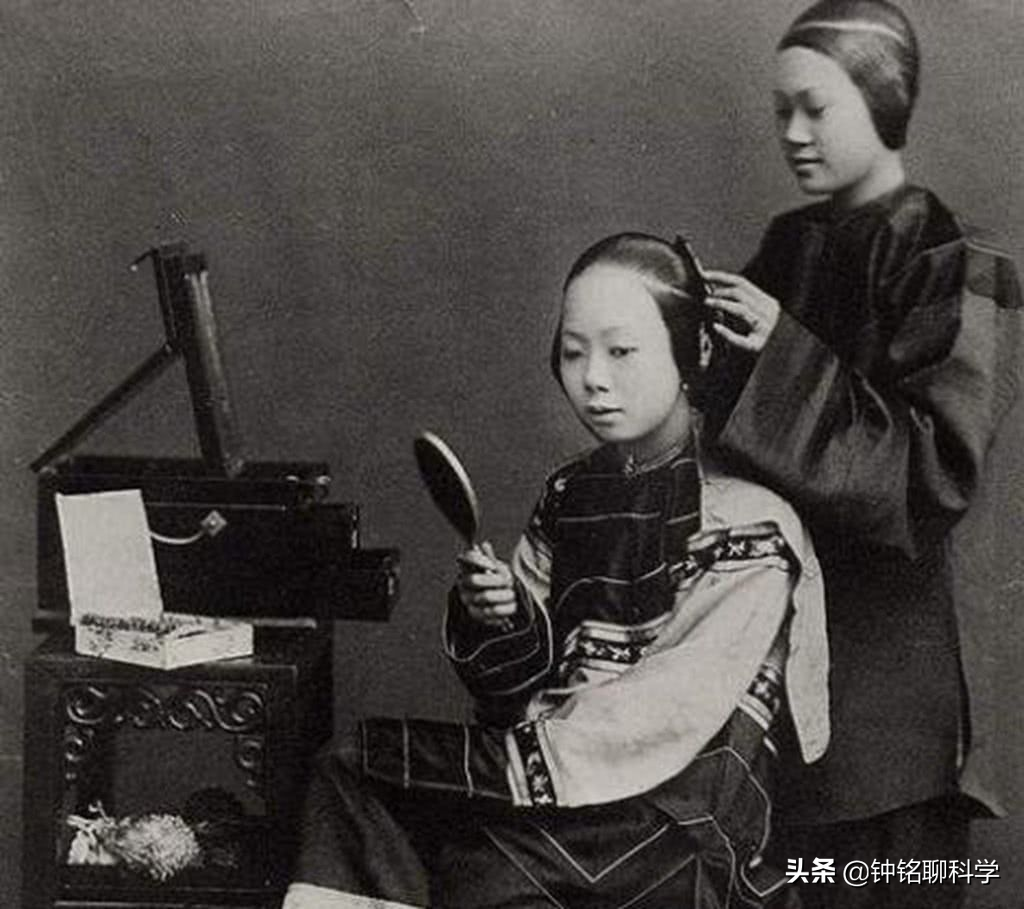Fifty years ago, people loved lice on their heads, but now there is no such trouble, are lice extinct?
Before the 1980s, Chinese people, especially rural people, were prone to lice on their bodies and heads due to their substandard personal hygiene.
In the past, people used to catch a lice in their clothes and on their heads. If someone doesn't catch lice on his body, he must be very different.
People sometimes use their teeth to bite against lice on clothing, but the lice egg lice quickly hatch into lice, which is difficult to remove.
And lice growing on the hair is even more uncomfortable.
Lesbians are more likely to grow lice, their hair is longer, easier to get dirty, and they are more likely to appear knotted and adhesion, so that lice can take advantage of it.
People don't have insecticides, and the way to deal with lice is to use a special comb called grate.
The serrations of the grates are very fine, with a spacing of 1 mm, which can effectively remove tiny lice and lice.
Despite this, lice often come to them. Lice multiply quickly, the lice have a lifespan of about 6 weeks, can lay ten eggs a day, eggs can hatch into lice in a week, and then suck blood, and after two weeks become lice.
As for why there were many lice on people at that time, it was inseparable from the background of the times at that time.
In the past, people did not have many opportunities to clean and hygienic, and it took a long time to wash their heads and take a bath. Everyone also did not have any cleaning supplies, using soil soap, which could not be washed.
In addition, people did not have new clothes to wear in the past, but the eldest brother could not wear them, so they gave them to their younger brothers and sisters, and the tattered and dirty clothes gave the breeding environment of the lice, and there were many lice on the clothes.
In the end, people can only sleep on grass mats, grass toddlers are easy to scatter, old quilts are easy to mold, so that lice breeding environment.
Rural areas also raise cattle, sheep, pigs and horses and other poultry, these long-haired animals are easy to grow lice, people live next to the livestock pen, lice can easily climb on people.
After the 1980s, the number of lice plummeted, and people no longer often grew lice.
But it is not that the lice are gone, but that the sanitary conditions have improved.
Now people take a bath very conveniently, a variety of shampoos, conditioners are also a lot, the frequency of washing has also increased, so that the survival rate of lice has been reduced.
Now that people have better living conditions, with new clothes, clean clothes are not easy to grow lice.
Now man has a new house, sleeping in a bed, and the farmhouse and the house are separated and clean and sanitary. And animals also regularly prevent epidemics, vaccinate, and eliminate many infectious diseases.
Finally, the use of chemical fertilizers and pesticides in fruit and vegetable grains increased, and many lice died in the wild, cutting off the source of transmission.
Times developed, scientific and technological progress, scientists also began to study the classification of lice.
The field of biology has found that there are three types of lice that can infect humans: head lice, body lice, and pubic lice
Of these three types of lice, the pubic lice are usually grey in color and whitish. It is the smallest, with an average body length of only about 1.5 mm.
The body lice and head lice were differentiated after most of the body hair was removed when the ape developed 100,000 years ago, so the size of the two is very close, usually about 3 mm, but the color of the two has undergone a certain change, of which the color of the head lice is light and gray-brown, while the color of the body lice is mainly black.
Lice suck human blood, spread bacteria, and endanger human health. Napoleon's army had an outbreak of "trench fever" infectious disease at that time, which was also caused by lice.
Foreign researchers have done a survey to count which groups of people are prone to lice.
They concluded that people with straight hair rarely grow lice, and people with curly hair are most likely to grow lice.
Short hair is the least likely to grow lice, and medium and long hair is prone to long lice. The hair is shorter than 6 mm and the lice cannot survive. So shaving your head is an effective way to treat head lice and body lice.
But the lice will not disappear, this creature and the dinosaurs existed in the same period of biological vitality is very tenacious, can be described as a relative of Xiao Qiang, can not die.
Lice once tortured dinosaurs and later parasitized to mammals, whether aquatic or terrestrial, they all have traces of lice.
Humans' close relatives, chimpanzees, have lice parasitizing on them, and now they comb each other's hair and catch lice.
With the advancement of medicine, the lice that used to plague people are now less than enough. Even if you have lice, you can use some deworming to beat the worms out.
Today, lice are also commonly used in the study of the history of science. By studying lice, scientists have found that humans may have started wearing clothes 70,000 years ago, because body lice appeared in human clothes.
The little lice have now become the object of scientific research by scientists, and the change in the nature of lice is inseparable from the progress of living standards and the improvement of health.
